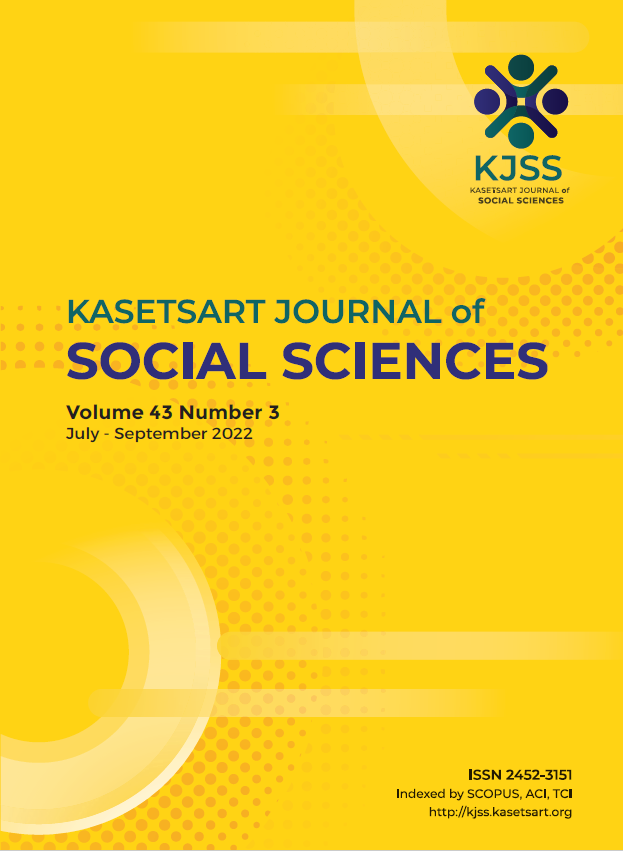A tale of two pandemics: Fake news and COVID-19
Keywords:
COVID-19 pandemic, cybercrime, fact-checking sites, fake news, hate speechAbstract
Whilst fake news has been around since the time of Aesop and, COVID-19 has been around for over two millennia less, they joined ranks in 2020. This paper looks at the interface between fake news and governments’ responses to the COVID-19. It compares the approaches of Australia, Singapore and Thailand. Australia relies on a non-legislative approach, where the major digital service providers sign an industry code of practice that must meet the Australian Communications and Media Authority guidelines. As of mid-2021, Twitter, Google, Facebook, Microsoft, Redbubble, TikTok, Adobe, and Apple have signed the industry code of practice. In addition, online advertising that does comply with the requirements of the Therapeutic Drugs Administration can result in sanctions and financial penalties. Australians need to check for the required information on the appropriate government website. Singapore is one of a small number of countries that has specific anti-fake news legislation. Its fact-checking site does not appear to be widely used. Thailand uses its more overarching cybercrime legislation, which does not define fake news. It has developed a comprehensive social media monitoring organization to identify fake news. In addition, it has a website that citizens can check whether news on social media is correct or not. This site has proven extremely popular with several million hits since it commenced operation in late 2019. The paper examines the efficacy of each of the approaches in controlling the twin pandemics.
Downloads
Published
How to Cite
Issue
Section
License

This work is licensed under a Creative Commons Attribution-NonCommercial-NoDerivatives 4.0 International License.
This is an open access article under the CC BY-NC-ND license http://creativecommons.org/licenses/by-nc-nd/4.0/










